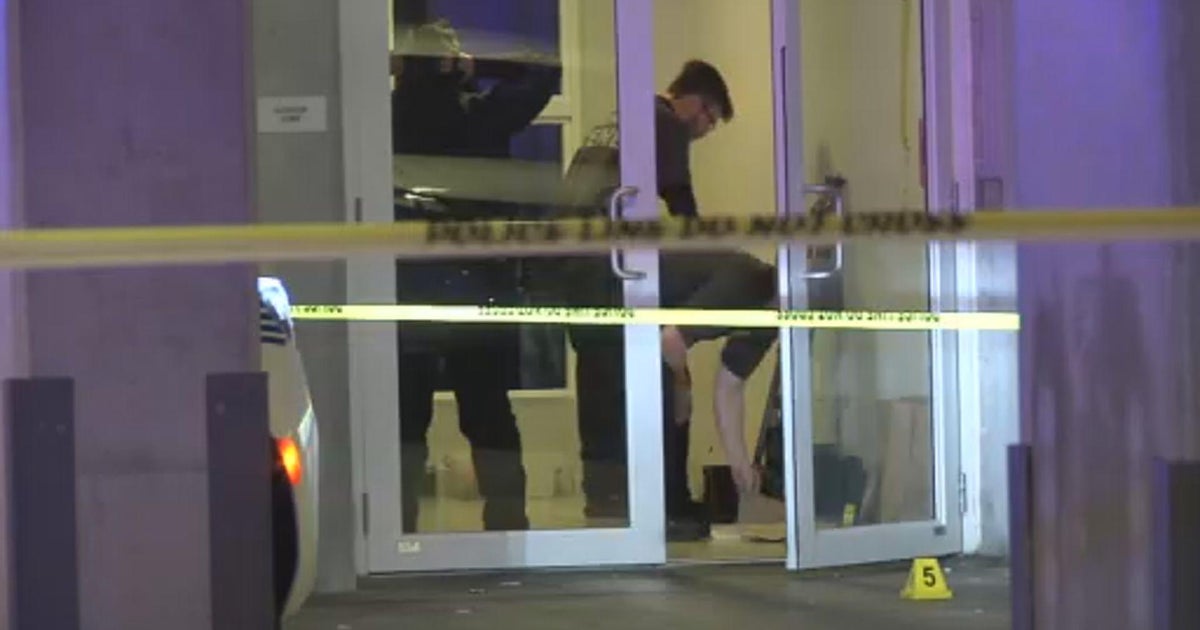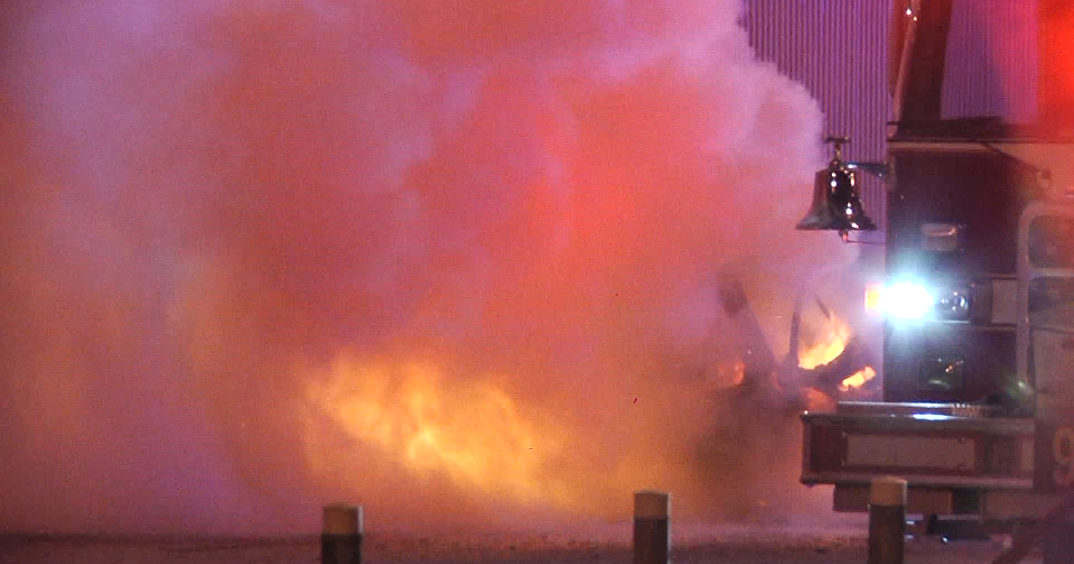Bin Laden Body Photos: To Show Or Not To Show
MIAMI (CBSMiami.com) – In a taped interview with 60 Minutes, President Barack Obama responded to the question many people around the world are asking. Why has he chosen not to release the Osama Bin Laden death photos?
"You know-- we discussed this internally. Keep in mind that-- we are absolutely certain this was him. We've done DNA-- sampling-- and testing. And-- and so there is no doubt that-- we killed-- Osama bin Laden. It is important for us to make sure that very graphic photos of somebody who was shot in the head-- are not floating around-- as-- an incitement to additional violence. As a propaganda tool. You know, that's not who we are." said President Obama.
Journalists in every medium spent much of Sunday night and Monday trying to digest and report the story of the death of Osama bin Laden.
But, now the White House has decided not to release the pictures of a dead Osama bin Laden; there's still a debate about whether to show the pictures, should they ever get released, that erupted at CBS4 and news organizations across the country.
It's a question of ethics that journalists face many times throughout their career. There's no clear answer on whether or not the body should be shown if it's ultimately released by the White House, and that gray area is where journalists find themselves today.
For some, the decision is easy. Nezar Hamze, Executive Director of the Council on American-Islamic Relations in South Florida, said "justice was served" by the raid that killed bin Laden, and that the death photos should be released.
"I think it's important for the government to put forth any evidence that they have," Hamze said.
Hamze continued saying the United States went to war in Iraq over weapons of mass destruction "that proved not to exist," and that if the administration has evidence to support bin Laden's death "it's important to give it to the people who need it."
On the other hand, for the people who would not believe the news of bin Laden's death in the beginning, it's likely that they still wouldn't believe even if the photos were shown to the general public.
If the photos are released, they will immediately become historic pictures in the vein of: Mussolini's body hanging in the town square; the picture of a South Vietnamese police chief executing a prisoner; the body of a Kent State student mowed down by National Guard troops; or even the video showing President Kennedy's head exploding in Dallas in 1963.
There is a precedent for releasing and showing the photos. When Uday and Qusay Hussein were killed during the Iraq war, the White House released photos of their dead body. In addition, when Saddam Hussein was hanged, there was video of the hanging that was shown in excerpts on most newscasts.
On the one hand, there's a question of what's the journalistic purpose for showing the pictures. On the other hand, bin Laden is a historical figure and if they're not shown, does this spark conspiracy theories and start a trend of people believing he's not really dead?
From a purely historical perspective, the photos will be used in the historical record of the success and failures of the U.S.'s "war on terror."
Depending on what happens going forward, the photos will either show the beginning of the end of Al Qaeda's reign or simply a turning point that increased terrorism.
So historically speaking, there's good reasoning for showing the photos.
But journalists, especially in the broadcast medium, also have the issue of should the photos be beamed into the living rooms of every viewer. It's a question television executives have to deal with constantly.
For example, should the video of the planes hitting the towers on 9/11 or people jumping out of the windows of the towers be shown?
Many newsrooms won't show the video, but others don't see a problem with showing them because they are a part of American history, just like video of ships exploding in Pearl Harbor.
Many CBS4 viewers agreed with the idea that the pictures should be shown if they are ever released.
"I would definitely like to look at them," said Fabian Antelo. "It would be nice proof that it's done."
Barry Plumb, a British national living in Miami, said he, too, thinks the bin Laden death photos should be released.
"I definitely believe that he's dead. I'd like to see the pictures to make sure," Plumb said.
The question over using the photos on the Internet and social media also causes problems for news managers. If the photos are used in television newscasts on a given day, then put away into the archives not to be shown again, that's one thing. But once they are put online, they live, essentially forever.
So news managers have to weigh whether they want their brand and station identity forever linked to showing the photos online.
There's another question of whether the photos could help bring closure or lift emotional burdens. Is it the media's job to bring closure or is that an ancillary issue that shouldn't factor into the equation.
"Those families in New York, with family members that were lost on 9/11, need that closure for this to be over in their minds," said Laura Lambert of St. Louis.
These are just some of the issues facing news managers should the White House give the go-ahead to release the photographs.
There is no easy answer, but rest assured that there will be a fierce debate in news organizations around the country on whether to show the photos or not.
And through these intellectual debates, journalists will come to an agreement on the issue that all hope will best serve the viewer or the user.



